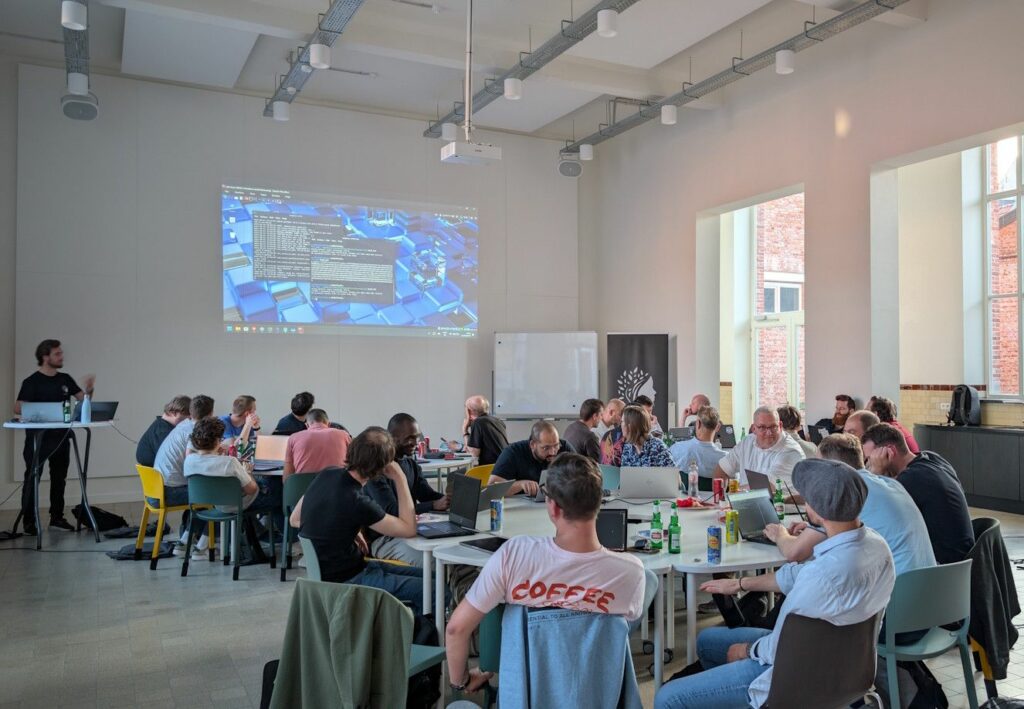You run an automated scan on your network, patch a few things, and feel that rush of relief. Done. System secure. On to the next task. But here’s the problem. Automated scanners only see what they’re programmed to see. And sometimes the most dangerous cracks stay hidden. That means while you’re feeling good about your report, an attacker could be one step closer to slipping in. This is where many organizations get tripped up. They believe the scan is the test. In reality, it’s only the first pass.
What automated scans are good at
Automated scanning is useful. It’s fast, consistent, and great at catching the easy stuff. If you’ve got an outdated server running, or a password that might as well be “12345,” a scanner is going to find it. For large environments, scanners are invaluable. They can check thousands of endpoints in minutes, flag potential weaknesses, and give security teams a quick overview of where attention is needed. The catch? Scanners don’t think. They follow scripts, they look for known issues and stop there. They don’t understand how your network is actually used, how systems connect to each other, or how human behavior plays into the picture. So you get a report with a list of issues. Some matter. Some don’t. And if you take that report at face value, you can end up focusing on crumbs on the floor while missing the fact that the kitchen is on fire.
Why pentesters think differently
This is the moment where a penetration tester changes the game. A good pentester doesn’t look at vulnerabilities in isolation. They look at how they connect. They think like an attacker would, asking questions a scanner never will.
- Can I chain two minor issues together and turn them into something critical?
- Can I pivot from one system to another, moving deeper into the network?
- How do real people actually use this system, and are they unintentionally creating openings?
- What’s the impact on the business if I exploit this?
These aren’t questions that can be answered by a machine. They require context, creativity, and human intuition. And unlike scanners, pentesters adapt. If one path is blocked, they’ll look for another. If something doesn’t make sense, they’ll dig deeper. Attackers don’t follow rules, and neither should your defenders.
Tools and people working together
Now, don’t get me wrong. Scanners aren’t the enemy. They’re an important piece of the puzzle. In fact, most pentesters start with a scan. Why? Because it’s a fast way to get a lay of the land. Think of it as a map. It shows you the main roads, the landmarks, and the obvious obstacles. But the map isn’t the territory. Once the basics are out of the way, the real work begins. That’s when humans take over, using the scan results as a starting point and then exploring the areas automation can’t reach. This combination is where real security assessments happen. Tools cover ground quickly. Humans go deep and make sense of what matters. Tools find the “what.” Humans figure out the “so what if.” It’s a partnership, not a replacement.
Why the human element matters most
Imagine relying on blueprints to secure a building. The drawings might tell you where the doors and windows are, but they won’t show you the broken alarm sensor or the security guard who’s asleep on the job. That’s what an automated scan is: a blueprint. Useful, but incomplete. A penetration test is the walk-through. It’s checking the locks, pushing on the windows, seeing if the motion sensors actually trip. And more importantly, it’s noticing the things the blueprint never captured. And when pentesters find something, they don’t stop at saying, “Here’s a vulnerability.” They go further: Can it be exploited? What’s the impact if it is? Does it lead to sensitive data? Could it disrupt operations? How would this look if a real attacker were doing it? That’s the difference between a flat report and an assessment that actually improves your defenses.
The risks of stopping at a scan
Here’s the danger: many organizations stop after scanning. They fix a few issues, check the compliance box, and call it a day. The problem is that attackers don’t care about compliance. They don’t care what your scanner said or how neat your report looks. They care about the path of least resistance. And if that path happens to be one of the things your scanner missed, you’re in trouble. History is full of breaches where a minor oversight — something automated tools either didn’t flag or downplayed — turned into a headline-making incident. The attackers just took advantage of the gap between automation and human thinking.
The takeaway
An automated scan is a good start. It’s quick, it’s efficient, and it finds the obvious problems. But it’s only a surface check. If you want real security, you need more than a checklist. You need people who can think like attackers, who can connect the dots, and who can see the risks a tool will never understand. Scanners find issues. Humans reveal threats. Scanners give you data. Humans give you answers. Don’t confuse a scan with a test. Use automation for speed, but rely on human expertise for depth. Because in the end, it’s not the tool that keeps you safe. It’s the people who know how to use it.
👉 Use scanners for speed, but trust humans for depth. Get in touch and let’s test your defenses the way attackers would.



